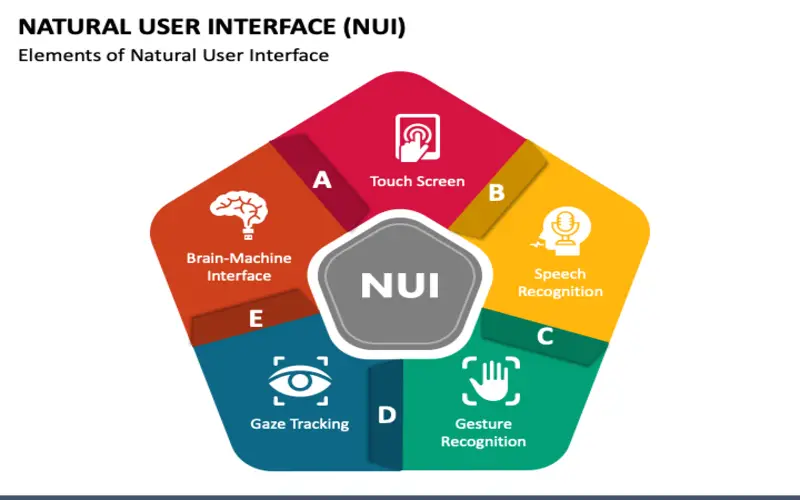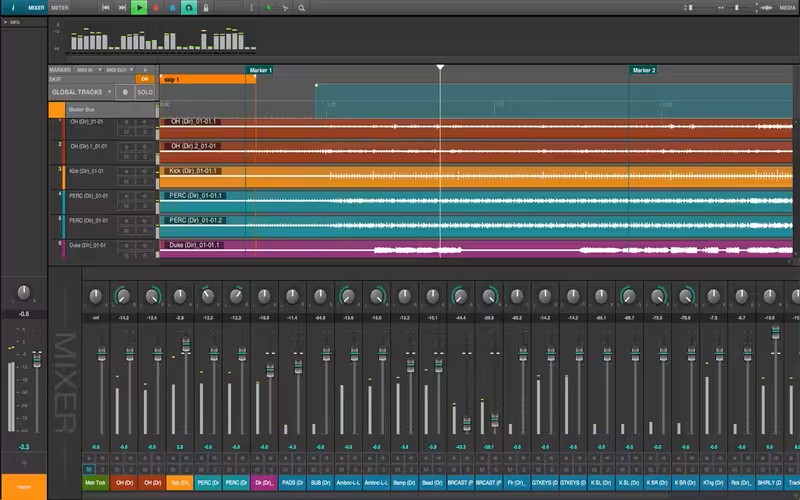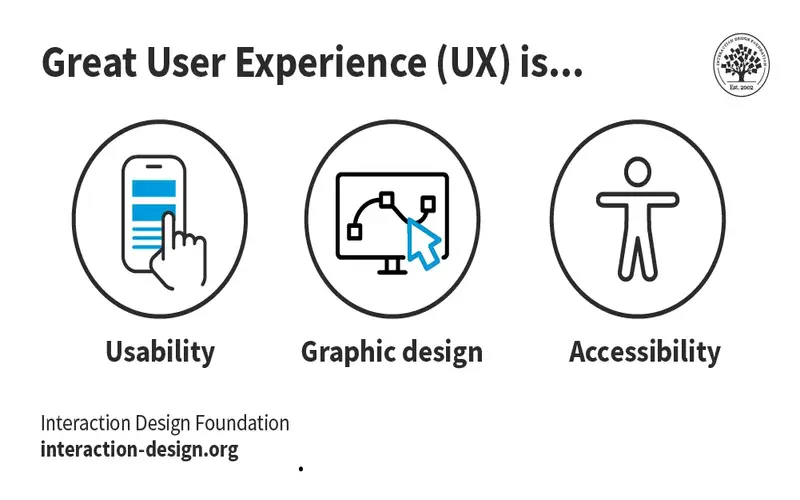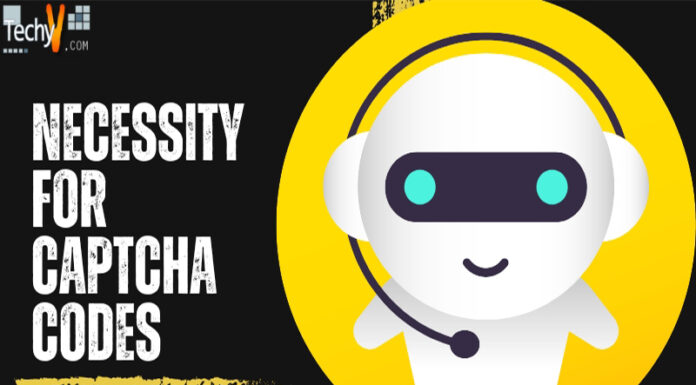What Is A Voice User Interface In Design?
The voice user interface is an innovation created on the principles of speed recognition. Consumers can engage with such devices by talking to them as in any human-to-human conveying. The primary idea of voice user interface web design stretches out to voice recognition with the assistance of smart devices. Consumers can communicate with devices by talking to them like a human conveying.
How Does Voice User Interface Work?
Voice user Interface (VUI) has become an essential part of our daily routine. From smartphones to smart speakers, we engage with these devices using voice commands. A Voice User Interface is an innovation that enables users to engage speech recognition software to change humans’ speech into text, which is then proceeded and understood by the system. The system then counters the consumer’s orders by providing the desired details or exhibiting the requested action. The procedures of converting spoken language into text include various complicated steps. Here are some components:
Speech Recognition
These are the initial steps in the voice user interface procedures. The speech recognition software evaluates the audio input and changes it into text. It uses the latest algorithms and machine learning methods to describe spoken words correctly.
Natural Language Processing
Once the speech is explained in the text, the systems are required to understand the explanation behind the words. Natural language processing comes into the role here. NLP algorithms observe the text and remove the related information, such as intent and context. It enables the system to perceive the consumer’s command or inquiry correctly.
Intent Recognition
The systems must recognize the consumer’s objective or desired action from the input. Intent recognition algorithms are pre-owned to evaluate the consumer’s command and map it to a particular action or question. For instance, if a consumer asks, what’s the weather like today? The system identifies the intent as a weather inquiry.
Action Or Query Procedures
Once the intent is recognized, the system procedures the command and executes the required action or reclaims the requested information. This cloud includes merging external services or databases to obtain the necessary data. For instance, if a consumer asks for restaurant suggestions, the system would access a restaurant database and offer a list of satisfactory options.
Response Generation
After proceeding with the consumer’s command, the system reacts in a natural and consistent behaviour. Its cloud includes synthesizing speech output or producing text-based reactions. The aim is to offer a seamless and innate consumer experience.
What Is An Example Of A Voice UI?
An example of a voice user interface (VUI) is a voice-activated digital assistant like Amazon’s Alexa, where consumers can speak commands or questions, and the tool responds with detailed tasks using natural language processing.
What Are The Advantages Of VUI?
Voice user interfaces (VUIs) provide various benefits involving hands-free operation, availability for those with substantial disabilities, and accessibility in conditions where standard interfaces are impractical, such as while rolling. VUIs also offer natural and causal cooperation that can be more innate and effective in particular schemes, like voice search or home automation control.
Multiple benefits of designing and using voice user interfaces. Some most essentials are below:
- With the assistance of VUI devices, consumers can operate their tasks quickly. Rather than typing out lengthy instructions, consumers may simply say what they were thinking and the tools will accept, saving time and improving consumer flow.
- Voice-enabled tools also offer more reliability in interaction. Consumers no longer have to go to one mode of communication.
- Availability is an intelligent benefit for VUI tools. For someone with finite motility or physical finiteness, the voice consumer interface streamlines the experience.
- From the opinion of organizations, VUI is an intelligent way of getting a competitive benefit and being a component of this advancing world. When a consumer asks for various ways to cooperate with devices, designers need to offer them alternatives, and this is where the function of UVI becomes crucial.
1. Hands-free Operation
Consumers can interrelate with websites and applications without using their hands.

2. Convenience
VUIs can be pre-owned when it’s impractical to use standard interfaces, like while driving.

3. Natural And Intuitive
Consumers can collaborate with websites and applications by speaking orders, quicker and more convenient than typing or tapping through menus.

4. Natural Language Processing
Natural language processing (NLP) uses artificial intelligence and machine learning to appreciate human language and spoken commands.

5. Speed
Speed speaking is at least four times quicker than typing on a touchscreen device. It makes voice a great input strategy for information-heavy tasks, such as filling out complicated forms and searching from a vast register of items.

6. Reliability
Voice user interfaces can facilitate many ways of giving the same thing. Let’s get back to the vacation witness example referred to earlier. The consumer might call the characteristics of a Message or a Vacation witness. If they are looking for a “Vacation responder” from the tables, they might miss the “Out of Office-responder” item even if they look at it.

7. Intuitiveness
Exploring certain unique qualities such as vacation responder autographs will be relatively difficult on the latest system, even after applying hundreds of different email clients. The consumer knows the factors are slightly different, but it’s impractical to know where it is before browsing through many distinct tables and options.

8. Multi-tasking
Voice UIs allow the consumer to focus their awareness on another task. It is mainly helpful when driving a car or a forklift as it enhances safety and fertility. It can also assist consumers with an application. For instance, in gaming, players can convert a camera or switch arms without navigating in deep tables.

9. Availability
While Availability is vital for those distress from several impairments, it is favourable for all of us. Groups of people who can count on voice characteristics involve people with disorders that make the use of a keyboard and mouse hopeless, people with chronic situations such as repetitive stress injuries, who to maximize their use of a keyboard and mouse, and people with empirical disorders. VUIs can be pre-owned by people with physical disorders.

10. Accessibility And Inclusivity
VUI improves the accessibility and inclusion of websites and applications for users with disabilities, particularly those with visual or motor impairments. People with difficulties typing or using traditional interfaces can use their voice to connect with the website, giving a more inclusive experience.



















